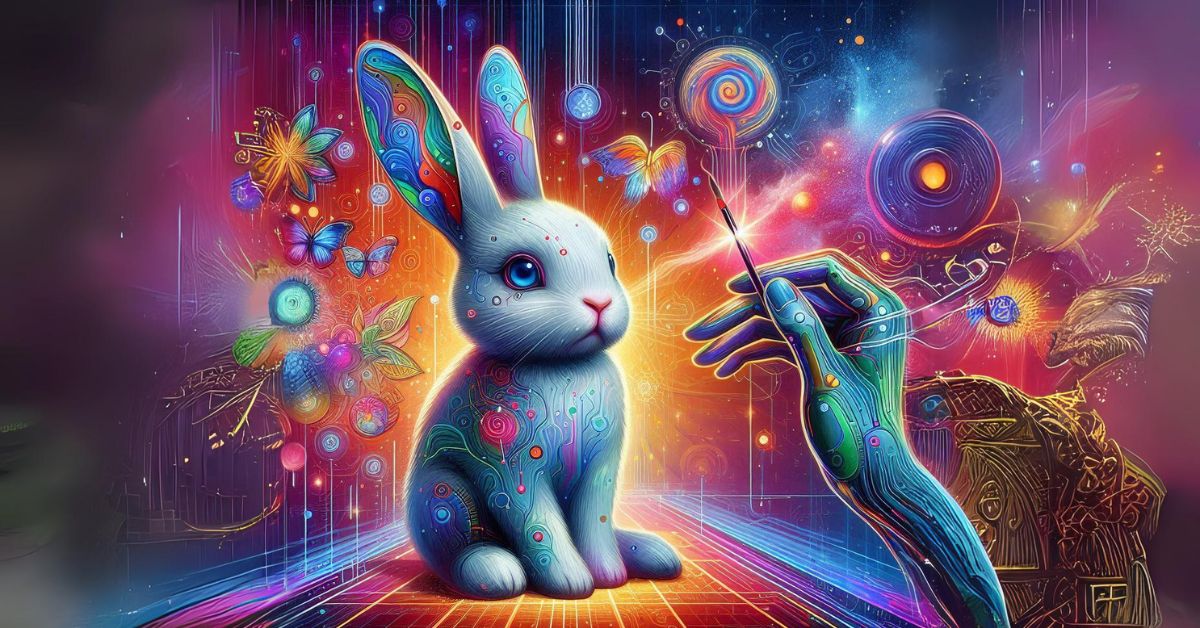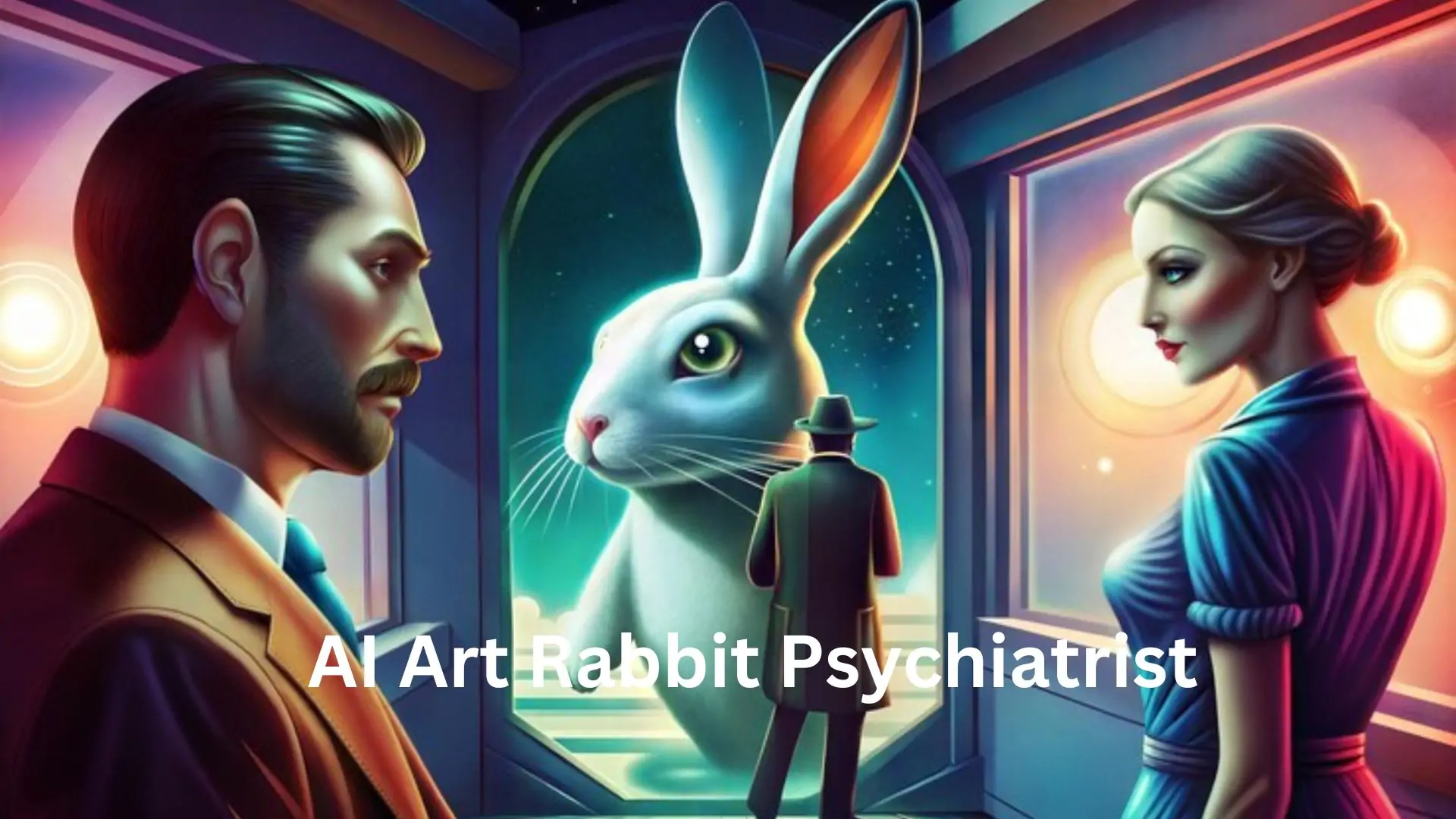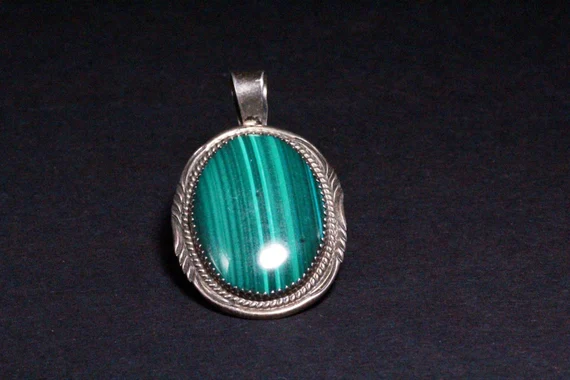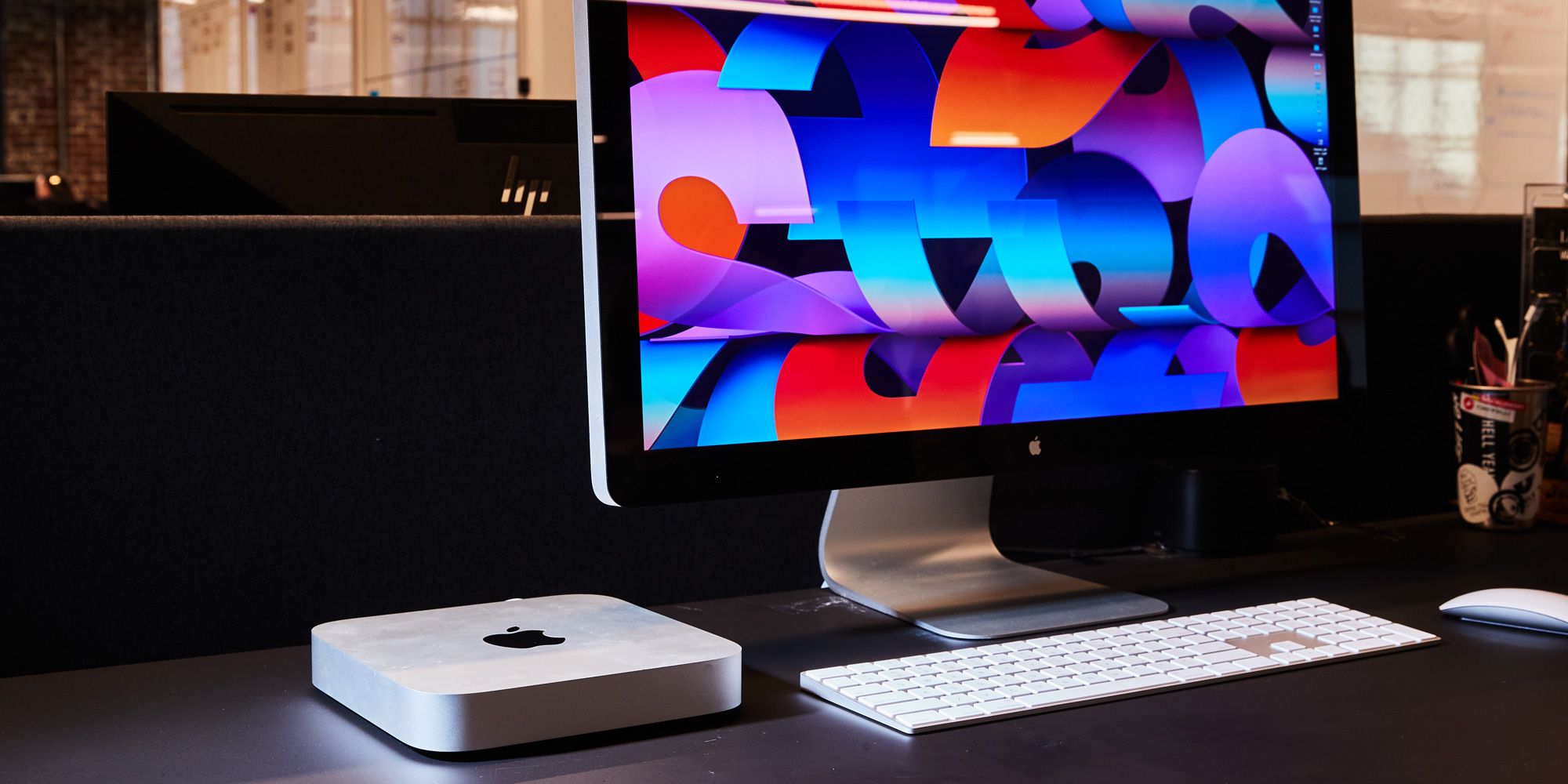In recent years, the merging of artificial intelligence (AI) and mental health practices has sparked a wave of innovations. Among these advancements, a unique concept has emerged—the AI Art Rabbit Psychiatrist. This novel idea explores how AI-generated art, animal symbolism, and mental health therapy can be combined to create a therapeutic experience. By leveraging the power of AI, the concept aims to provide a new, creative approach to understanding mental health, facilitating emotional healing, and promoting self-expression.
What is the AI Art Rabbit Psychiatrist?
The AI Art Rabbit Psychiatrist is a fictional character and digital tool designed to promote mental wellness through artistic expression. Imagine an AI that produces beautiful, rabbit-themed art pieces and interacts with users in a therapeutic setting. The AI is programmed to analyze emotions, thoughts, and behavioral patterns, providing feedback and guidance while using art as a medium for communication. The inclusion of a “rabbit” as a central theme symbolizes qualities like gentleness, wisdom, and patience, which are essential in any therapeutic relationship.
The AI Art Rabbit Psychiatrist is not a traditional therapist or counselor but rather a supportive guide. It encourages people to explore their inner thoughts and feelings through art, helping them articulate emotions that might be hard to express in words. Whether it’s using AI-generated rabbit-themed paintings or creating personalized digital artwork based on user inputs, the AI Art Rabbit Psychiatrist offers a safe, judgment-free space for self-discovery.
How Does It Work?
The concept behind the AI Art Rabbit Psychiatrist is rooted in the idea that art can be a powerful tool for therapy. Many people find it challenging to talk about their emotions directly. Using art as a medium helps them communicate more freely. Here’s how it works:
- User Interaction: The user begins by interacting with the AI through text or voice commands. The AI may ask simple questions like, “How are you feeling today?” or “What color best represents your current mood?”
- Art Generation: Based on the user’s responses, the AI creates unique artwork featuring rabbits, colors, and shapes that correspond to the emotions expressed. For example, if the user feels anxious, the AI may generate a soothing image of a rabbit resting in a peaceful garden, using calming colors like blue and green.
- Emotional Analysis: The AI Art Rabbit Psychiatrist then analyzes the art it has generated, using machine learning algorithms to provide insights about the user’s emotional state. It might say, “This image suggests you may be feeling overwhelmed. Would you like to talk more about it?”
- Therapeutic Guidance: The AI offers gentle prompts and suggestions, guiding the user to reflect on the art and its meaning. It could propose activities like drawing modifications to the art or exploring different emotions through new images.
- Personalized Support: Over time, the AI Art Rabbit Psychiatrist learns about the user’s preferences, emotional triggers, and coping mechanisms. It tailors its interactions to provide more personalized support, making the experience more effective.

The Role of AI in Enhancing Mental Health
The AI Art Rabbit Psychiatrist exemplifies how AI technology can be used to support mental health practices. While it is not a replacement for human therapists, AI can serve as an additional resource for those seeking emotional support. Here are a few ways in which AI is contributing to mental health:
- Accessibility: AI-driven tools like the AI Art Rabbit Psychiatrist can reach people who might not have access to traditional therapy. This includes individuals in remote areas or those who cannot afford professional mental health services.
- Non-Judgmental Interaction: Talking to an AI may feel safer for some individuals because it removes the fear of judgment. This allows people to open up more freely about their thoughts and emotions.
- 24/7 Availability: AI tools are always available, providing support at any time of the day. This is particularly valuable for people experiencing mental health challenges outside of regular therapy hours.
- Data-Driven Insights: AI can track changes in mood and behavior over time, providing valuable data that can be shared with human therapists (with the user’s permission) to enhance treatment.
Potential Applications and Future Prospects
The AI Art Rabbit Psychiatrist is still a conceptual idea, but it holds great potential for future development. As AI technology continues to advance, there are numerous ways it can be integrated into mental health practices:
- Virtual Therapy Sessions: AI could be used in virtual reality (VR) settings, creating immersive therapeutic environments where users interact with the AI Art Rabbit Psychiatrist in a 3D space.
- Collaborations with Human Therapists: AI could work alongside human therapists, providing additional insights and supporting the therapeutic process.
- Expanded Art Themes: While the current concept focuses on rabbit-themed art, future versions could include other symbolic animals or elements tailored to different cultures and personal preferences.
Conclusion
The concept of the AI Art Rabbit Psychiatrist showcases the exciting possibilities at the intersection of AI, art, and mental health. It highlights the potential for creative solutions to address emotional challenges and promote self-expression. While it’s not a substitute for professional therapy, it could serve as a valuable tool for those seeking additional support. As AI continues to evolve, we may see more innovative approaches like the AI Art Rabbit Psychiatrist becoming part of mainstream mental health care, offering new ways to connect, heal, and grow.




